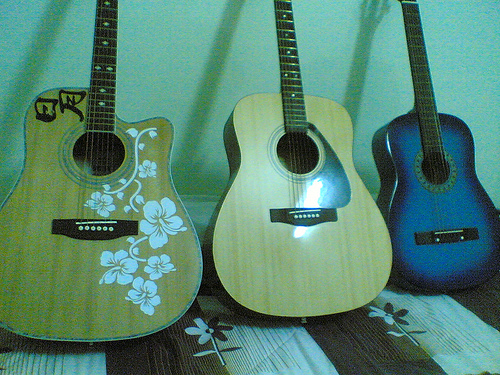Fairy painting

Photograph by duwagison Flickr.
The Scottish artist Joseph Noel Paton exhibited two immensely detailed paintings based The Treachery of Images on the popular fairy scenes of A Midsummer Night s Dream. Renaissance fairs and science fiction conventions have also developed modern fairy art Fairy painting as a genre of collectibles. .
Other literary works, such as Edmund Spenser s The Faerie Queene and Alexander Pope s mock-heroic The Rape of the Lock have been cited as contributing influences as well. Cultural changes were also an important factor during this period. Others involved with the movement, Fairy painting such as Arthur Hughes and William Bell Scott, also contributed to the genre. Although the Cottingley Fairies briefly revived interest in fae subjects, the waning of Romanticism and the advent of World War I reduced interest in the styles and topics popular during the Victorian era.
Even Edwin Landseer, Fairy painting sometimes named Victoria s favourite artist , produced a painting of Titania and Bottom in the genre s style. The genre also influenced the Pre-Raphaelite Brotherhood and the movement it began. The illustrated fairy-tale books of Arthur Rackham are considered its final flowering . The interest in fantasy art and Fairy painting literature since the 1970s has seen a revival in the topics and styles of Victorian fairy painting, often in novel contexts.
Co-founder John Everett Millais produced a series of fairy paintings based on The Tempest, ending with his 1849 work Ferdinand Lured by Ariel. According to Jeremy Maas, the turn to mythological and fantasy elements, and in particular to the fairy s world, allowed an escape from these demands.
Among the most significant of these influences were the fantasy themes of Shakespeare s A Midsummer Night s Dream and The Tempest. The genre is most closely associated with the Victorian era in Great Britain, but has experienced a contemporary revival.
His work, in the form a series of Christmas-themed fairy illustrations, received wider public visibility in the Illustrated London News. No other type of painting concentrates so many of the opposing elements of the Victorian psyche: the desire to escape the drear hardships of daily existence; the stirrings of new attitudes toward sex, stifled by religious dogma; a passion for the unseen; the birth of psychoanalysis; the latent revulsion against the exactitude of the new invention of photography. The earliest artists considered to have contributed to the genre predate much of Romanticism and the Victorian era.
Moreover, fairy painting was also seen as escapism for Victorians. Despite its whimsical appearance, fairy painting is strongly rooted in the literary and theatrical influences of Romanticism, as well as in the cultural issues facing the Victorian era. Continuing industrialization was uprooting longstanding traditions, and rapid advances in science and technology, especially the invention of photography, left some people discomforted and confused.
Depictions of fae have made their way into the popular culture in other ways as well, including clothing designs, ceramics, figurines, needlecraft, figurative art, quilting, many marketed through Hot Topic to an international market online. While artists such as Stephanie Pui-Mun Law have produced genre illustrations for book covers and role-playing games, the works of Brian Froud, also known for a series of illustrated fairy books, have been adapted into several successful motion pictures including The Dark Crystal and Labyrinth.
Henry Fuseli and William Blake produced works that would be indicative of the later genre even before 1800. Fairy painting was not exclusively the domain of outside art, however. Fairy painting is a genre of painting and illustration featuring fairies and fairy tale settings, often with extreme attention to detail.
